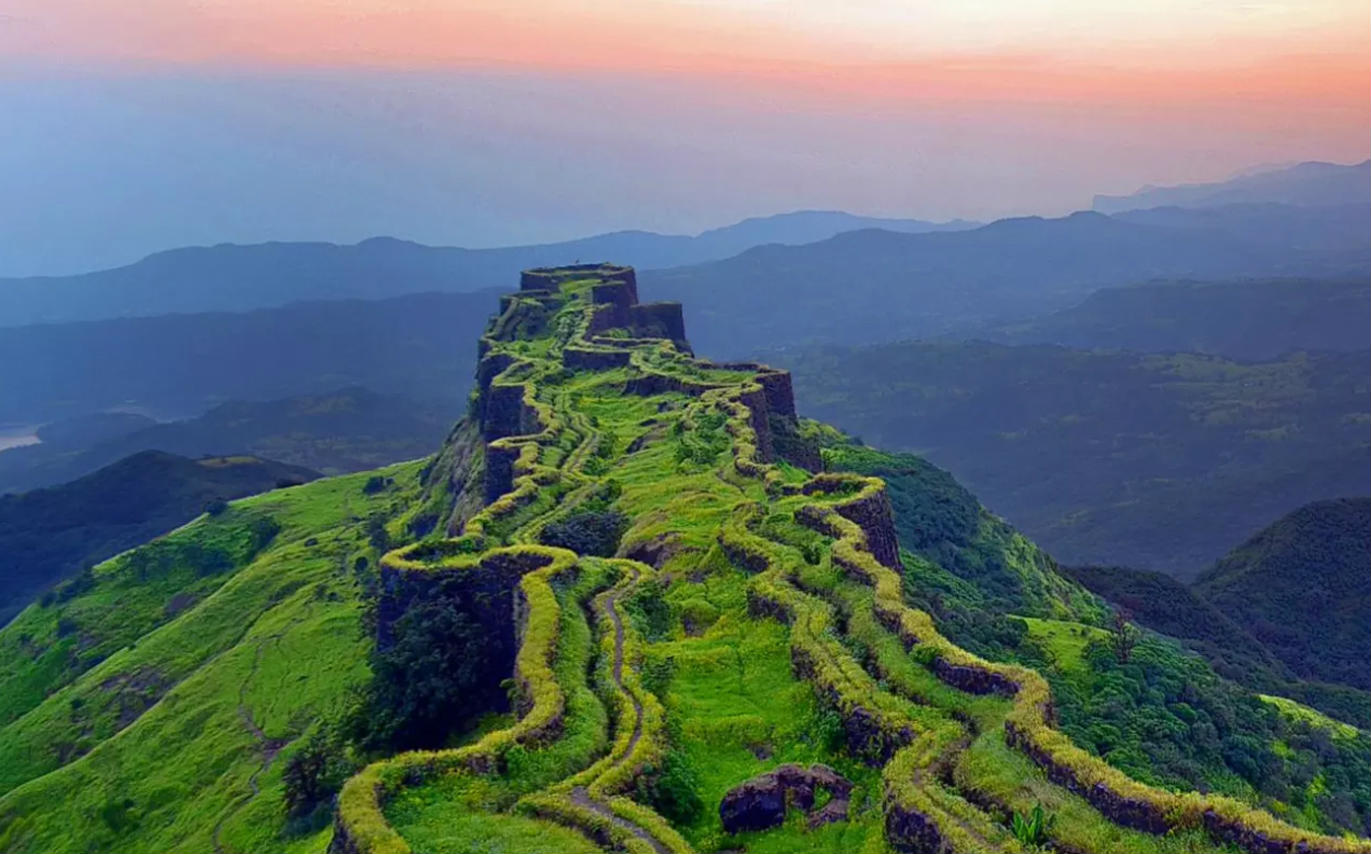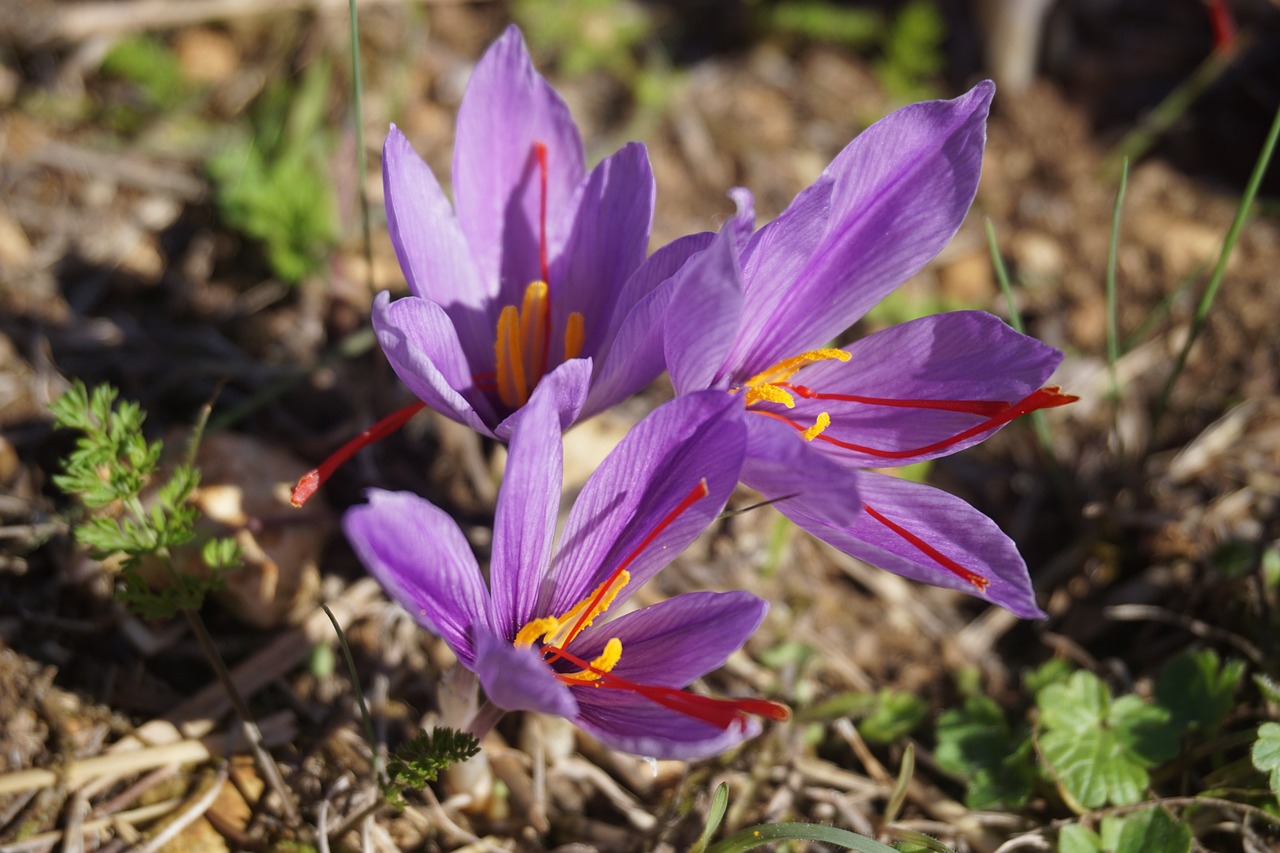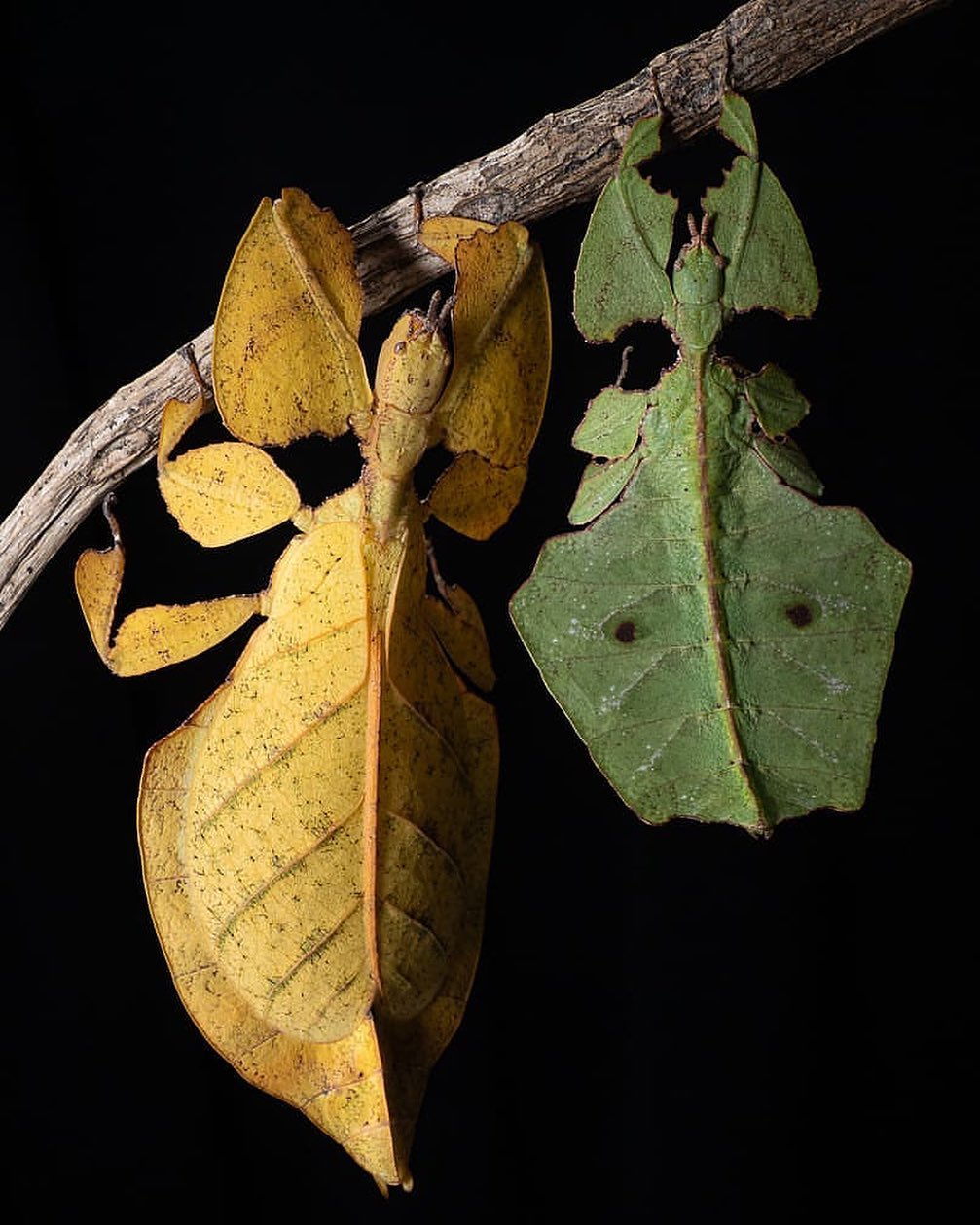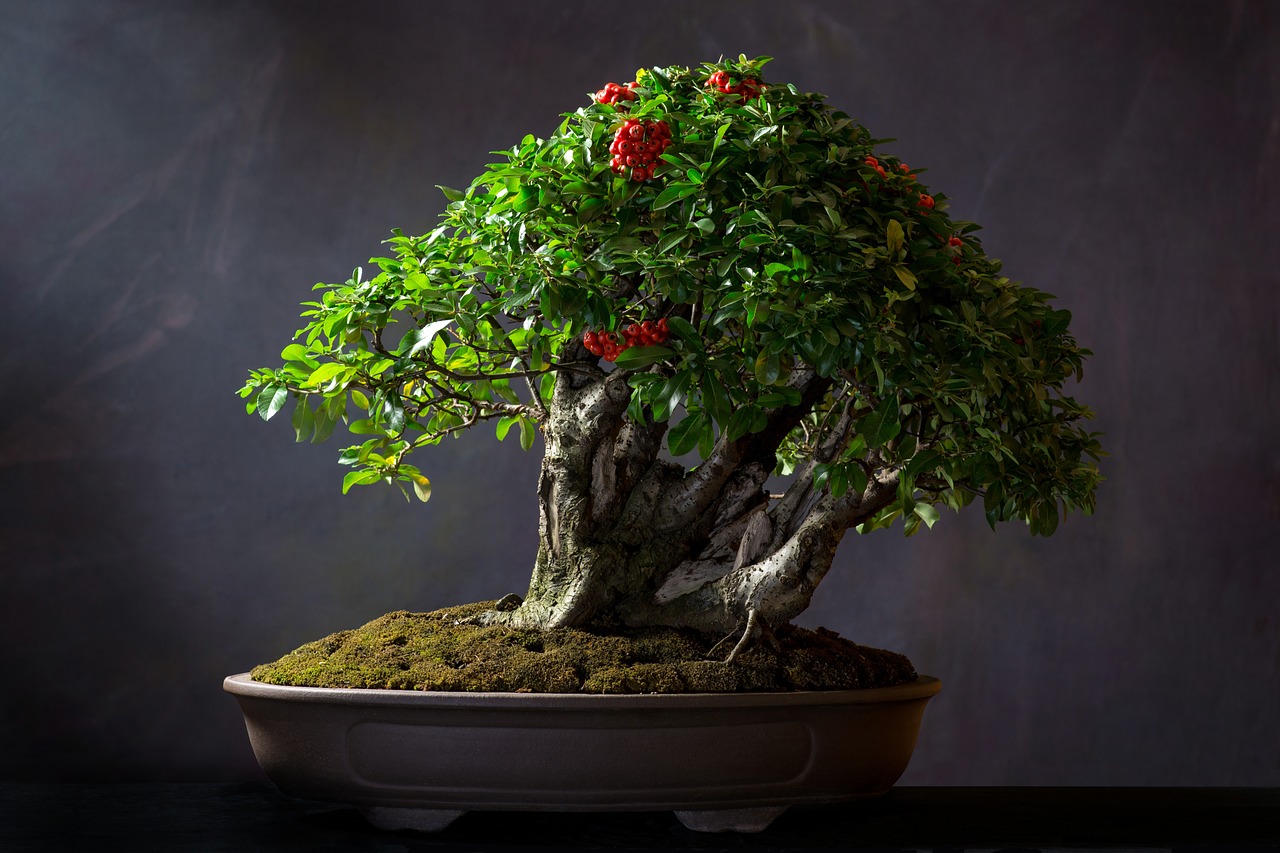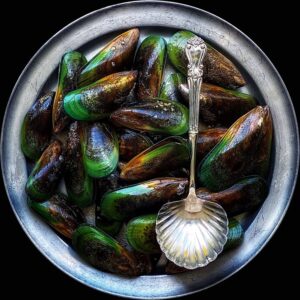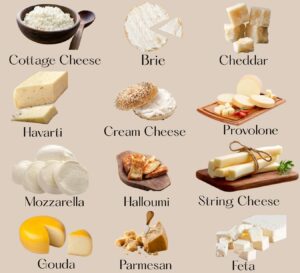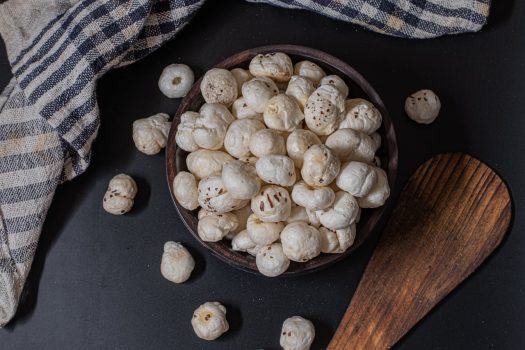 Pin
Pin Photo by Pranjall Kumar
Makhana, often known as fox nut or lotus seed, has long been a staple snack in Indian households. From temple offerings to evening munchies, it has been a part of traditional diets for centuries. However, over the last decade, this humble seed has made its mark globally, thanks to its health benefits and versatility. Today, India proudly stands as the largest producer of makhana in world, a title that underscores its growing significance not just as a snack, but as an emerging superfood.
The rise of makhana can be attributed to its nutritional value—rich in protein, antioxidants, and essential minerals—making it a popular choice for those seeking healthy, low-calorie alternatives to processed snacks. This article delves into the fascinating story of makhana, tracing its roots in rural India, the challenges faced by its farmers, and the global journey that has propelled it to prominence. From the banks of Bihar’s ponds to international supermarket shelves, the journey of makhana is a testament to India’s agricultural potential and the resilience of its farmers.
Table of Contents
A Snack with Roots Deeper Than We Think
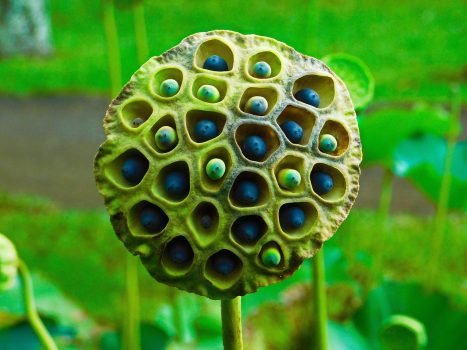 Pin
Pin Image by Ali J from Pixabay
Makhana, or fox nut, has a long legacy in Indian households. It’s more than just a crunchy, guilt-free snack—it’s a symbol of tradition, Ayurveda, and rural livelihood. For generations, families across Bihar have cultivated and consumed makhana in rituals, offerings, and healthy diets. But until recently, it rarely got the spotlight it truly deserved.
India is now the largest producer of makhana in world, and it’s not just a fun fact—it’s a result of cultural importance meeting modern-day demand. As health-conscious eating trends grow, makhana’s low-fat, high-fiber appeal started catching eyes globally. This ancient seed turned modern superfood began drawing attention not just from Indian consumers, but from people across borders.
In the middle of this rise is a very specific region in Bihar—Darbhanga and Madhubani—where farmers have mastered the art of cultivating these aquatic treasures. It’s not just farming; it’s survival, pride, and an economic backbone.
Why Bihar Became the Heart of Makhana Farming
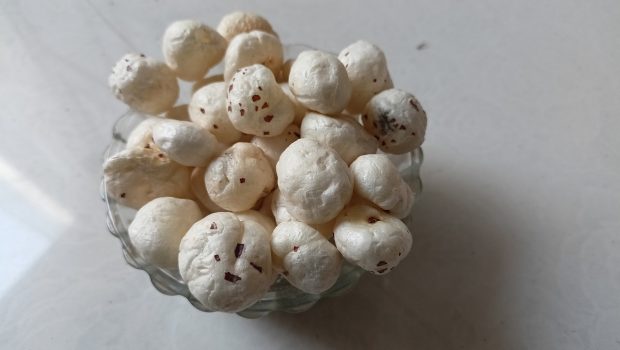 Pin
Pin Image by Mohanish Padamwar from Pixabay
Bihar isn’t just accidentally the hub of makhana—it’s the perfect storm of tradition, climate, and grit. The state’s northern belt, especially districts like Darbhanga, Madhubani, and Saharsa, has natural ponds and wetlands ideal for the aquatic makhana plant. But the real magic? It’s in the people who’ve been perfecting this craft for decades, passing skills down from one generation to the next.
Being the largest producer of makhana in world didn’t happen by chance. Bihar’s farmers figured out how to get better yields, manage water conditions, and hand-process each seed with care. This isn’t big-machine agriculture—it’s personal. Most makhana is still manually harvested, roasted in sand, and popped using age-old techniques. That level of commitment shows why the region became the epicenter of a global trend.
Government support, though delayed, has started catching up. Schemes promoting sustainable farming and better pricing are slowly giving these communities the spotlight they deserve. But most of the credit still belongs to the farmers themselves.
The Labor Behind Each Crunchy Bite
It’s easy to pop a handful of makhana and call it a healthy snack, but behind that crunch is backbreaking labor that rarely gets noticed. Makhana harvesting is anything but easy. It starts in muddy ponds, where farmers wade chest-deep into water, collecting the aquatic seeds floating on the surface. The process is physically exhausting and spans several months.
Once collected, the seeds go through sun-drying, roasting in sand over wood fire, and then manual popping. Every step is handled carefully, often by hand. Unlike automated farming methods seen elsewhere, makhana processing is a mix of skill, patience, and precision. This isn’t just a job; it’s an art form.
Being the largest producer of makhana in world means India is also home to thousands of hardworking families whose income depends on this labor-intensive cycle. Their work doesn’t just support the local economy—it fuels a growing international market hungry for healthy, plant-based snacks. Behind each packet is a story worth knowing.
The Health Halo That Boosted Global Demand
Makhana didn’t rise to fame just because it’s crunchy—it earned its place through nutrition. Packed with protein, magnesium, and antioxidants, it quickly caught the attention of fitness communities, dieticians, and clean-eating influencers. Suddenly, what was once a temple offering or grandma’s evening snack became a staple in yoga retreats and weight-loss diets.
This global spotlight played a huge role in India becoming the largest producer of makhana in world. As people started rejecting fried chips and sugar-laden energy bars, makhana presented itself as the better option. It’s low in calories, gluten-free, and suitable for people managing diabetes or heart issues.
The West might be just catching on, but for Indian households, the health benefits were always known. What changed is how this traditional food got rebranded and sold as a superfood. That rebranding wasn’t accidental—it was backed by a demand that made exporting makhana not just viable, but profitable. And now, it’s a shelf item in organic stores globally.
The Economic Shift in Rural Communities
When a small, regional crop like makhana gets global demand, the ripple effects hit deep in the villages. In Bihar, that ripple is turning into a wave. Farming families who once struggled with seasonal income now find a more stable source of revenue. Some have even moved from subsistence farming to small-scale entrepreneurship, packaging and branding their own makhana instead of selling to middlemen.
Becoming the largest producer of makhana in world has brought more than international recognition—it’s created real, visible change in rural economies. Local cooperatives are forming. Women-led processing units are gaining strength. And traditional knowledge is being passed on with new enthusiasm because now, it pays off.
But the path isn’t without its bumps. Prices can still fluctuate. Processing is labor-heavy. And market access remains limited for many small farmers. Yet, despite all that, makhana has given Bihar’s farmers a reason to stay on their land, rather than migrate to cities for work. That alone is a powerful impact.
Government Support and Policy Gaps
Government schemes have started to trickle in, but for many makhana farmers, it’s been a long wait. Being the largest producer of makhana in world should ideally come with solid backing—subsidies, infrastructure, market linkages—but the reality on the ground is mixed. Some states like Bihar have tried to promote makhana under their agri-export policies, but implementation often lags.
Farmers still face challenges with transportation, storage, and quality testing. Since most makhana is grown in small batches, standardization becomes tough. Without proper grading facilities or certification support, farmers often can’t reach premium markets. That’s a huge missed opportunity.
However, the conversation is finally happening. The Indian government recently included makhana under the “One District One Product” scheme for Darbhanga, recognizing its economic potential. That’s a step in the right direction. But for real growth, there needs to be a stronger push—direct market access, cold chains, and investment in modern processing tools. Otherwise, farmers will keep doing the hard work, but others will take the big profits.
Export Potential and Global Markets
India’s position as the largest producer of makhana in world isn’t just for local pride—it’s a serious economic opportunity. As international markets lean into health foods, makhana has started popping up in stores across the US, UK, Australia, and Southeast Asia. But right now, only a small fraction of India’s makhana production gets exported, leaving a massive potential untapped.
There’s demand, and there’s product—but the missing piece is organized export systems. A few private brands have made it abroad, selling flavored makhana in attractive packaging. But most farmers still rely on bulk traders who pay minimal rates and rebrand the product overseas for 5–10x the price. That gap hurts local profit and limits growth.
To really benefit from global demand, India needs to invest in better export chains, create farmer-producer companies (FPCs), and offer quality certification at the local level. The makhana is world-class—it just needs the systems to match. Done right, it could be the next big export win after spices and tea.
Flavored Makhana and the Rise of Snack Startups
Makhana isn’t just staying in its traditional avatar anymore—it’s evolving fast. Flavored variants like peri-peri, cheddar cheese, turmeric-pepper, and even chocolate-coated makhana are now storming urban markets. This transformation didn’t just happen overnight. It was pushed by startups that saw potential in combining old-school health with new-age snacking.
Being the largest producer of makhana in world gave Indian entrepreneurs the raw material to innovate. Brands like Too Yumm, Phool Makhana Co., and Poshtick started experimenting with flavors, creating resealable packaging, and marketing it as a guilt-free Netflix snack. And it worked.
Young, health-conscious consumers now choose makhana over chips, and the flavored versions have helped this traditional food break into modern lifestyles. These startups also helped makhana make it into corporate gift boxes, gyms, and even airline snack trays. The best part? Many of them source directly from Bihar farmers, cutting out the middlemen and sharing better profits.
It’s not just a snack—it’s becoming a food revolution, and the world is munching along.
Challenges Still Holding Makhana Back
For all the buzz, makhana’s journey isn’t smooth sailing. Even as India stands as the largest producer of makhana in world, key hurdles continue to block its full potential. The biggest challenge? Lack of mechanization. Most of the processing is still done by hand—painstakingly slow and physically demanding. That limits the volume farmers can produce and pushes up costs.
Then there’s the issue of price volatility. Since makhana doesn’t have a Minimum Support Price (MSP) like wheat or rice, farmers are at the mercy of market forces. One year might bring profit; the next might barely cover costs. Add to that the lack of insurance schemes tailored for aquatic crops like makhana, and it’s easy to see why many still view it as risky business.
If India really wants to keep its title as top producer and also scale up exports, these problems can’t be ignored. The future is promising, but only if backed by real infrastructure, pricing support, and farmer-centric policies.
The Future of Makhana in India and Beyond
The future of makhana looks incredibly promising, both within India and internationally. As more consumers prioritize health and wellness, the demand for nutritious, plant-based snacks will only rise. India, already the largest producer of makhana in world, stands in a unique position to capitalize on this trend. But to maintain and expand its dominance, it will require ongoing support for innovation and infrastructure development.
Looking ahead, there are exciting opportunities for farmers in Bihar and other makhana-growing regions. With the right technology, better processing methods, and global marketing strategies, Indian makhana could become a household name worldwide. There’s potential not just in the snack industry, but in wellness products like makhana flour and protein bars.
India must focus on building a sustainable supply chain, empowering local farmers, and ensuring that small producers can access international markets. With a collaborative effort from government, businesses, and communities, makhana could become a globally recognized symbol of India’s agricultural prowess and a leading export in the health food sector.
FAQs
Makhana, also known as fox nut or lotus seed, is a nutrient-dense snack native to India. It’s low in calories, high in fiber, and rich in antioxidants, protein, and essential minerals like magnesium, potassium, and phosphorus. These benefits make it an excellent choice for health-conscious individuals and those looking for a nutritious snack option. It is also gluten-free, making it suitable for people with dietary restrictions.
India, particularly Bihar, is the largest producer of makhana due to its ideal growing conditions. The state’s ponds and wetlands provide the perfect environment for cultivating makhana. Over generations, Indian farmers have honed their techniques for harvesting and processing this seed, making it a crucial part of rural economies in Bihar. India’s dominance in production is also supported by increasing domestic and international demand for makhana as a healthy snack.
Makhana is harvested from water bodies, where the seeds float on the surface. Farmers wade through the water to collect them, after which they undergo a meticulous process of drying, roasting, and popping. The seeds are often roasted in sand, which enhances their crunchiness. This labor-intensive process is still done mostly by hand, contributing to the high quality of the product.
Yes, makhana is quite versatile and can be used in a variety of recipes. It can be roasted with spices for a snack, or used in savory dishes like curries and soups. Makhana also makes a great addition to puddings and desserts, and can be ground into flour to make gluten-free bread or pancakes. Its neutral flavor makes it adaptable for both sweet and savory preparations.
Makhana has gained popularity globally, especially in the health food market. It can be found in health food stores, organic grocery stores, and online platforms like Amazon. Popular brands have begun to export flavored makhana to countries like the USA, UK, and Australia, making it accessible to international consumers seeking healthy, plant-based snack options.


